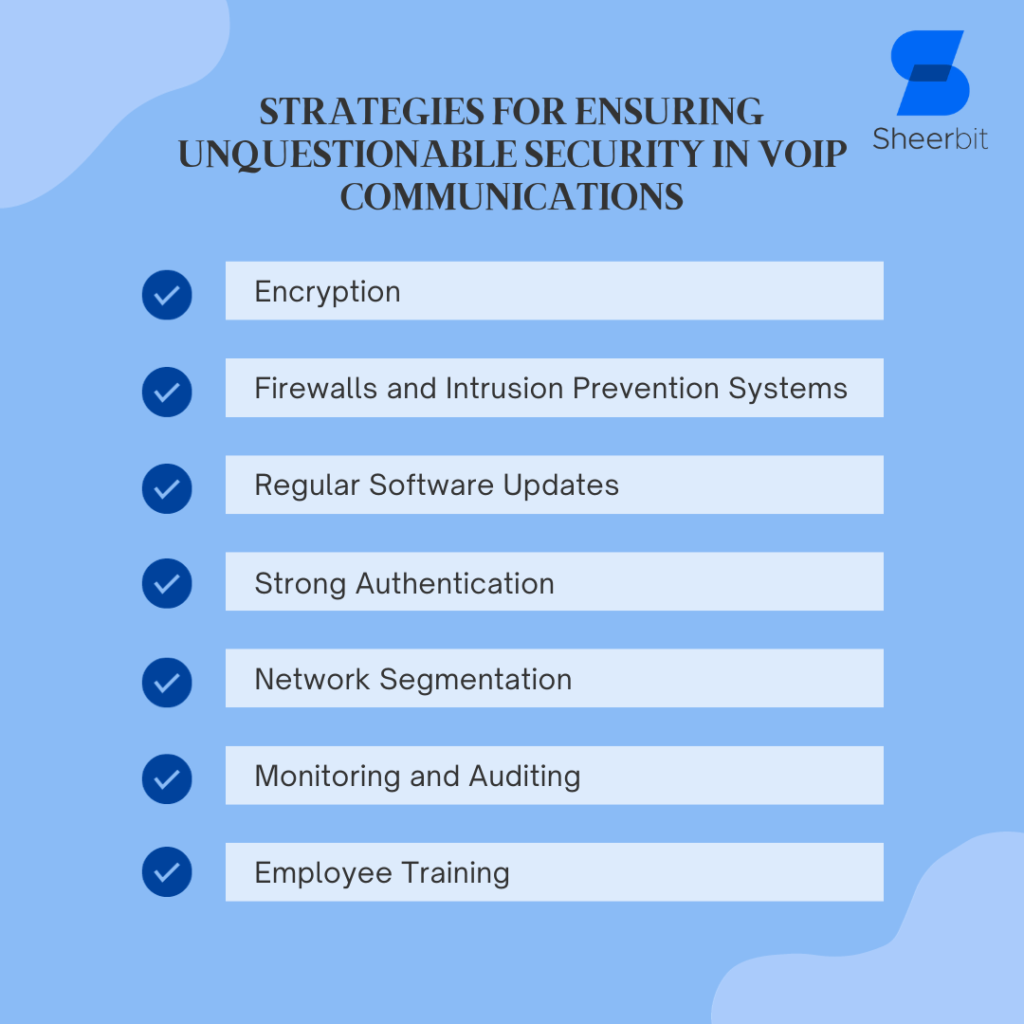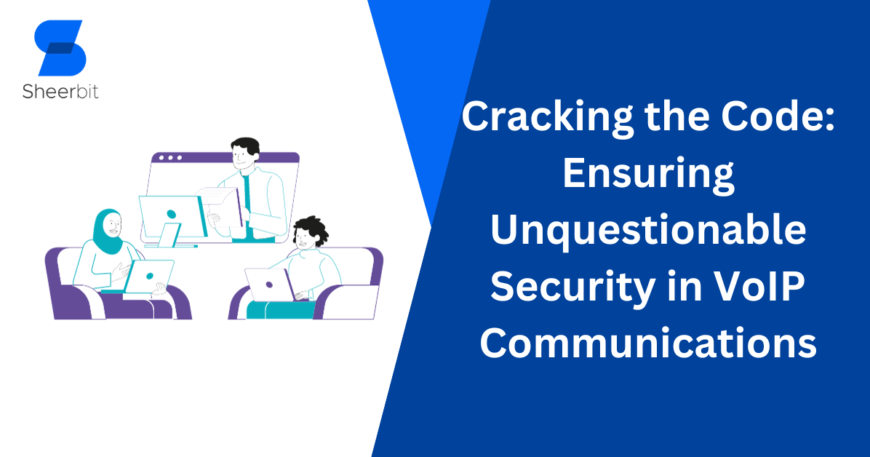The digital age has revolutionized communication, and VoIP, or voice-over-internet protocol, is leading the charge. It has completely transformed the game because VoIP offers a more flexible and economical alternative for voice and multimedia communication. The method uses the Internet’s ability to transmit data in digital packets, allowing for seamless connectivity to overcome traditional communication boundaries. Nonetheless, the necessity to address the security concerns associated with VoIP is growing as it grows more widespread. A comprehensive analysis of security measures is necessary to guarantee that users are working in a completely secure environment since cyber threats are dynamic and VoIP systems may have vulnerabilities.
In this blog article, we will go into the nuances of VoIP security and identify any vulnerabilities that might compromise the security of communication channels. We intend to give readers practical advice and insights that will fortify their VoIP infrastructure through our examination of these problems. Our goal is to make people aware of the risks and provide a roadmap so that individuals and institutions can securely navigate the quickly evolving digital communication landscape. Through a thorough examination of encryption, network segmentation, and user authentication, among other strategies, To create a communication environment that is both groundbreaking and impenetrably safe, we will provide readers with the information and resources they need to solve the puzzle of VoIP security.
Understanding VoIP Communications
VoIP’s primary purpose is to facilitate voice and multimedia communication via the Internet, making it simple for individuals and businesses to communicate, organize conferences, and make calls. VoIP increases the efficiency and cost of communication by converting analog signals into digital packets that are transferred over the Internet, as opposed to traditional telephones.
The Vulnerabilities of VoIP Communications
VoIP has drawbacks despite its numerous advantages. It is necessary to comprehend these problems and develop techniques to ensure the security of VoIP talks.
1. Eavesdropping:
VoIP talks have the potential to be recorded, enabling unauthorized access and listening in. This vulnerability can compromise sensitive data and pose a significant danger to privacy.
2. Denial of Service (DoS) Attacks:
VoIP systems are susceptible to denial-of-service (DoS) attacks when an enormous volume of data overwhelms the system, causing disruptions and preventing authorized users from accessing it.
3. Call Spoofing:
By altering caller ID information, attackers may simulate calls. This might lead to identity theft, fraud, and social engineering attacks.
4. Malware and Viruses:
Viral and malware attacks on VoIP systems can compromise communication integrity and result in data breaches.

Strategies for Ensuring Unquestionable Security in VoIP Communications
Implementing robust security measures to guard VoIP communications from possible intrusions is necessary. The following strategies can be applied to provide completely secure VoIP connections:
1. Encryption:
To safeguard the contents of VoIP calls, use end-to-end encryption. This ensures that the data is secure and unreadable even if the communication is intercepted.
2. Firewalls and Intrusion Prevention Systems:
Use intrusion prevention systems and firewalls to monitor and control traffic to protect against unauthorized access and potential denial-of-service attacks.
3. Regular Software Updates:
Update the hardware and software for your VoIP system with the most recent security patches. Regular updates enhance system security by resolving problems.
4. Strong Authentication:
Employ multi-factor authentication to verify users’ identities when they log into the VoIP system. Robust authentication procedures reduce the possibility of unauthorized access.
5. Network Segmentation:
VoIP traffic should be kept separate from other network traffic via network segmentation. This mitigates the impact of an attack and helps to stop potential security lapses.
6. Monitoring and Auditing:
Keep up regular VoIP system audits and monitoring to promptly spot any unusual behavior or security breaches. Prompt identification minimizes potential risks and facilitates prompt resolutions.
7. Employee Training:
Security best practices should be taught to staff members, such as recognizing and avoiding phishing scams, generating strong passwords, and appreciating the need for secure communication.
Conclusion
VoIP calls are still necessary in today’s globalized world. Ensuring these technologies are completely safe is, therefore, essential. Individuals and businesses may use VoIP to profit from its features without compromising sensitive information or opening themselves up to malicious attacks, provided the risks are fully understood and safeguards are implemented.
Let’s now unlock the mystery of secure VoIP connections and lay the groundwork for a day when communication will flow in a way that is both efficient and safe.
Now that you have the knowledge required to ensure the complete security of your VoIP chats, it’s time to take action. Examine your VoIP setup precisely, implement the recommended security steps, and be vigilant for emerging dangers.
For guidance and state-of-the-art security solutions tailored to your specific needs, contact our pros right now. Now is the time to secure your VoIP system to avoid further attacks on your communication. A secure and easy communication experience will be yours.
Remember that having a secure VoIP system is not just necessary but also a choice in today’s world of global connectivity. To start safeguarding your VoIP chats, get in contact with us!





